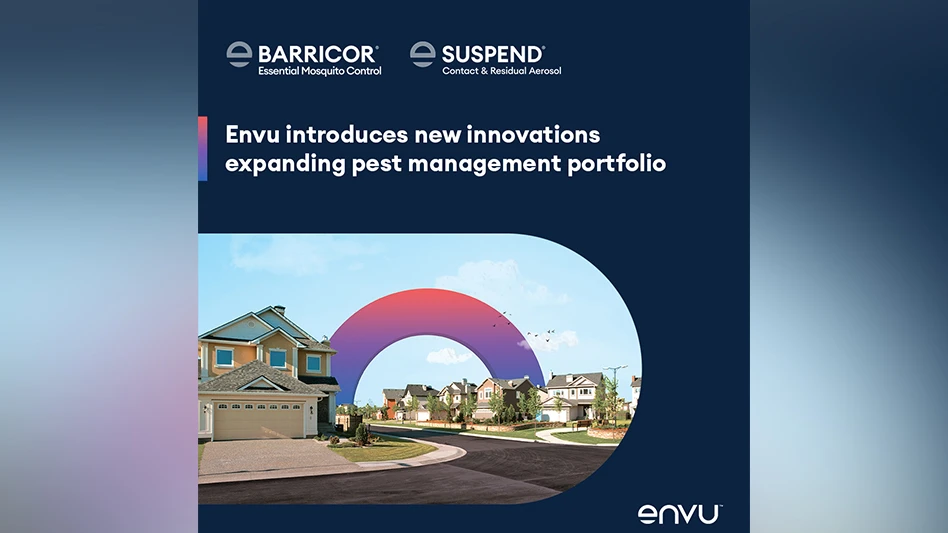I always look forward to September PCT because it is our annual wildlife control issue. As with other pest-specific issues, PCT covers the wildlife market with business and technical articles from leading industry professionals. I’ve learned that wildlife control has many similarities to other types of pest control, but also important differences. It makes for a fascinating and ever-evolving market segment — one that I have really grown to appreciate. Here are three reasons I enjoy covering this market.
IT’S A ‘TEMPTING’ MARKET. The wildlife control market is not for every pest control company. According to the 2020 PCT State of the Wildlife Control Market survey, about half (48 percent) of pest control operations in the U.S. offer wildlife control services. Reasons PCOs cited for avoiding the wildlife control market included: too much trouble for too little return (30 percent); equipment costs (18 percent); and liability concerns (17 percent). Despite these and other obstacles, the temptation to break into wildlife control is undeniable; it must be incredibly difficult for pest management professionals to turn away business and refer it to another firm. And as certain segments slow down (for some right now it is bed bugs) many PCOs have jumped into the wildlife market or are contemplating making that move.
IT TAKES A CERTAIN TYPE OF PROFESSIONAL. I know that a lot of phone calls with service requests to remove nuisance wildlife begin like this: “I’ve been hearing noises in my attic” or “I saw a pair of eyes staring at me from beneath our deck.” Wildlife control is not for the faint of heart. Live-trapping nuisance wildlife requires not only knowledge and skill, but nerves of steel. One of the reasons I like our annual wildlife control issue is I enjoy hearing the first-hand accounts from wildlife control professionals. For example, in this issue, PCT editorial intern Madisyn Woodring recounted the story of Reid Smith, a service technician at Kingfish Pest Control, Jacksonville, Fla., who saved two baby raccoons from a customer’s attic earlier this year. And in this month’s roof rat article — “Tails of the Chase” by Don Foster — the veteran wildlife control professional invites readers to “Grab a ladder (a tall one!) and examine situations that all take place above the ceiling grid.”
Speaking of ladders, one of the reasons I admire wildlife control professionals is their ability to maneuver on these structures. I recall one time during my family’s vacation on Hilton Head Island, S.C., that I observed pest management professionals installing bird wires on the roof of a third-story condominium complex. I marveled as this team of four hauled equipment up and down ladders, then carefully installed the wire and posts in the sweltering heat. As someone with a bit of a fear of ladders, I was getting anxiety just watching them. In fact, just looking at pictures of people walking up and down ladders gives me anxiety!
THE ULTIMATE PUBLIC HEALTH PROTECTORS. Thanks to the work of the National Pest Management Association (NPMA) and the Professional Pest Management Alliance (PPMA), as well as outreach efforts by pest management professionals in their communities, the pest control industry has done a great job positioning itself as “protectors of public health.” Whether it’s deterring nuisance birds, which can spread histoplasmosis, or removing raccoons, which can spread rabies and other zoonotic diseases, wildlife control is an incredibly important service when it comes to safeguarding public health.
Having listed just a few reasons why I like the wildlife control market, I also understand why many PCOs don’t get involved in this growing market. Whether it’s the aforementioned cost of equipment, liability concerns, lack of qualified workers, etc., I get it. But that is one of the beauties of the pest control industry: It’s up to PCOs to decide how they want to create and adapt their business model. When it is time to implement change, the products, service offerings, technology, etc., are at their disposal.

Explore the September 2021 Issue
Check out more from this issue and find your next story to read.
Latest from Pest Control Technology
- How to Get Rid of Odorous House Ants
- Massey Services Promotes Herndon to Director of Sales for Multi-Family Division
- NPMA Announces First Recipients of NPMA PRO Certified Credential
- Pestmaster of the Hudson Valley Acquires Catskill Animal Damage Control
- Photo Slideshow: Ant Identification Tips
- Video: Top 10 PCT Photo Contest Finalists
- UF/IFAS Study Reveals Boats as Perfect Vessels for Global Termite Spread
- Pest Control Consultants (Iowa) Earns Pinnacle Performance Award





